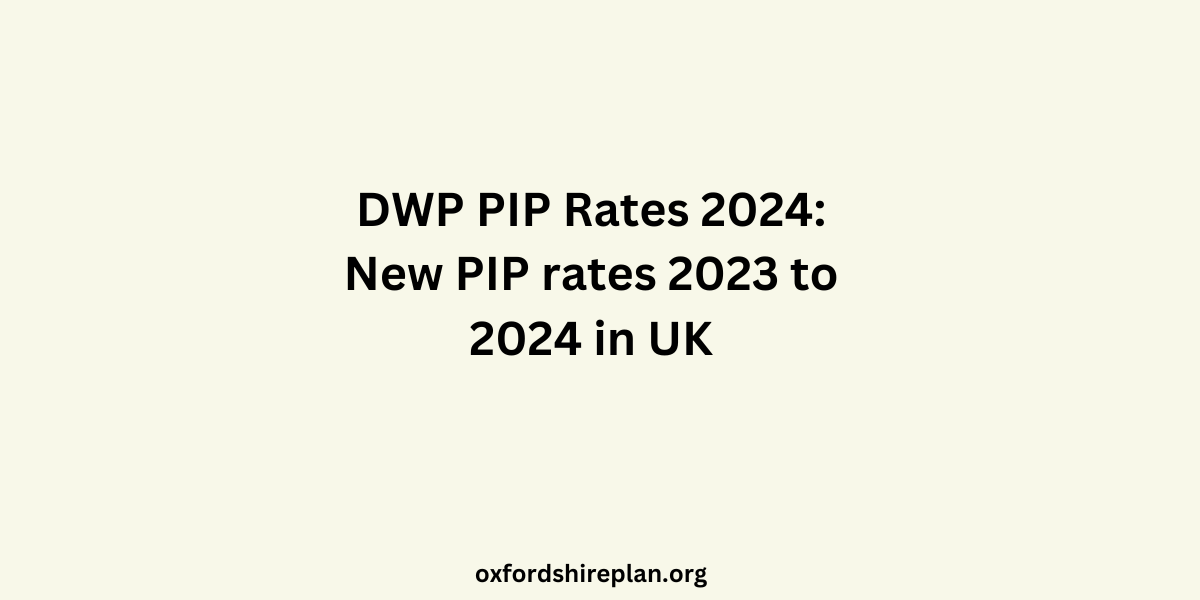Salary sacrifice is the exchange of part of your salary for a tax or National Insurance benefit. The benefit can be pension contributions. If so, your employer pays this amount directly into your pension pot in addition to its normal contribution.
There are two ways to sacrifice your salary: a simple sacrifice and SMART (Save More And Reduce Tax). This means that you and your employer pay less National Insurance.
Contents
Salary sacrifice and SMART salary sacrifice
Simple salary sacrifice
You go along with your boss and surrender a certain portion of your income. This is to be paid into your pension. Because you are actually working for less, the employer and you each pay lower National Insurance contributions. Your take-home pay (net salary) is shown as the amount you save in National Insurance, so that means your take-home pay rises.
SMART (Save more cash into your pension and avoid tax)
SMART salary sacrifice allows an employer to increase the amount put into a pension without reducing take-home pay.
With SMART salary sacrifice, home pay doesn’t change. National Insurance savings are added to your pension, boosting the contributions at no cost to you. But your National Insurance savings also go into your pension, and the employer has a choice here.
Some employers offer salary sacrifice. Check with your employer or visit your scheme website, you can find the link to your scheme website on any email or letter about your pension.
Important Links
Key features of our Salary Sacrifice calculator
Model different salary sacrifice scenarios
The key advantage to salary sacrifice is that the contributions maintain their previous level at a lower price, or they can be increased without extra expense. To calculate the sacrifice needed, enter data on salary, personal (relief at source) contributions and employers’ pension contributions. You can even experiment with different scenarios.
Available online and offline
Add this to your favourites, and you can still use it offline.
Guidance, but not advice
The results from the tool are only illustrative and should not be considered advice on what to do; they are in no way a recommendation. These results are based on our current knowledge of legislation and HMRC practice. However, these can vary unexpectedly without the tool being aware of all possible circumstances.
Some FAQs
What about the salary sacrifice limit?
The combined employer and salary sacrificed contributions can be at most $27,500 in a financial year.
What is the basic salary rule?
The basic pay generally accounts for 40 % of gross income or 50 % of an individual’s CTC. Gross pay- allowance (medical insurance, HRA, DA, conveyance, etc.) = Basic Salary
If my salary is 50000, how much tax will I pay?
When living in India, if you earn US $ 1250 or £937, you will have to pay the US $18.64 (£14) tax on it. The average tax rate is 12.0 %, and the marginal tax rate is 12.0 %. As a result, your immediate extra income will be taxed at this marginal rate.

I am a passionate technology and business enthusiast, constantly exploring the intersection where innovation meets entrepreneurship. With a keen eye for emerging trends and a deep understanding of market dynamics, I provide insightful analysis and commentary on the latest advancements shaping the tech industry.
















